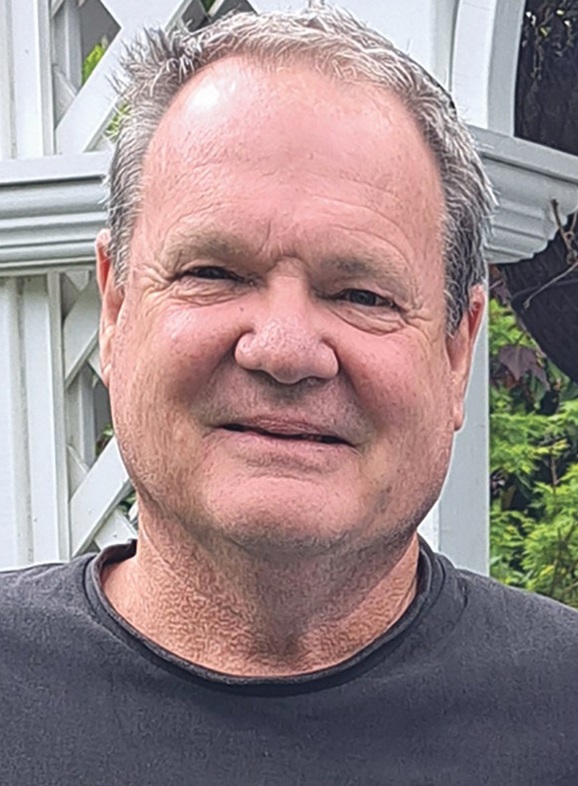
I had a meeting recently with Stuart Niven, a Wellington-based urban designer of international renown.
My brother Fraser brought him to Ōtaki so we could discuss the future of Ōtaki and how it might look – literally. Will we get multi-storey apartment blocks close to town and traditional quarter-acre sections chokka with town houses, and what sort of leisure spaces could there be?
How do the separate parts of town integrate with each other, and how could we make the most of the key buildings, such as the railway station?
They’re reasonable questions to ask as big numbers of people are expected in coming years to move to the town and wider district.
Stuart was smart enough not to offer answers without getting a better picture of Ōtaki, and what’s important to the community.
So I gave him a list of what I thought were places he should see. Fraser drove him past places such as Rangiātea Church, Raukawa Marae, Te Wānanga o Raukawa, the beach and so on. Stuart was impressed with what he saw, and no doubt started building a mental picture of how Ōtaki could develop from an urban design perspective.
His reaction brought me back to a critical question he asked of me in our meeting: “What’s the plan for Ōtaki?”
I told him about the expressway revocation project and Elevate Ōtaki’s strategy to bring enhancements mainly to the Railway shops area.
We also discussed housing developments, especially those planned at the race course. And we talked about the need to house members of our existing community so they don’t get pushed out of town by high rents.
But the question still stuck in my mind. I could tell Stuart about projects, but I couldn’t reasonably tell him what was the big-picture plan for Ōtaki.
Which led to a realisation that much happens in this town in isolation. Sure, there are some strong groups and projects, but they generally fail to drive broad initiatives or represent Ōtaki people as a whole.
What about the community board, I hear. Yes, it’s democratically elected, but it tends to focus on advocating for projects and doesn’t have Māori representation in a town with nearly 40 percent of people who identify as Māori.
Ngā Hapū Ōtaki is probably the organisation closest to protecting the interests of Ōtaki, but it doesn’t represent Ōtaki as a whole.
There’s an opportunity to bring together the various communities of interest in Ōtaki, if we have the will.

Ian Carson is editor of Ōtaki Today.
OTHER POSTS FROM THE EDITOR
LATEST POSTS
- Carl Lutz – farmer who loved the land, and Fordsons
- Arthur saw nature ‘with eyes of admiration’
- Ōtaki abuzz with film festival - Ōtaki Today
- Hall helps to connect and build community
- Fear breeding fear, fear and more fear
- Plenty of help organisations in times of need
- Poor official communications fuel misinformation
- Cultural infrastructure could be our saviour
- Four-storey blocks coming as developments fast-tracked
- The world’s therapist offers little hope for global ills
- Modern conservatism the quiet killer
- Di’s QSM for services to community and environment
- However bad it might get, keep smiling
- AI is coming, ready or not
- Rewi’s story one of adversity in old Ōtaki
- Arise King Brown of the Kingdom of Auckland
- Rebuilding should draw on mātauranga
- Urban designer poses critical question - What’s the plan for Ōtaki?
- Brown hits the fan as water levels rise
- When small stuff becomes really big stuff
